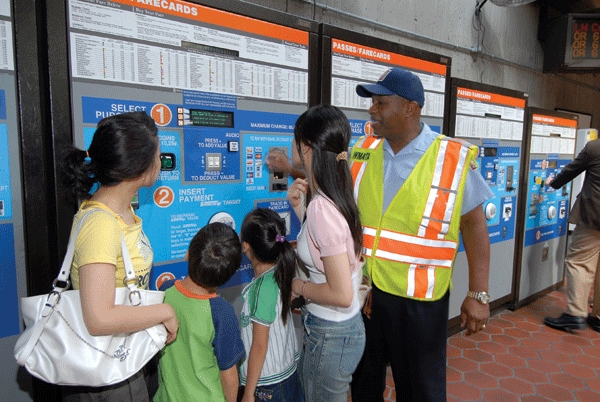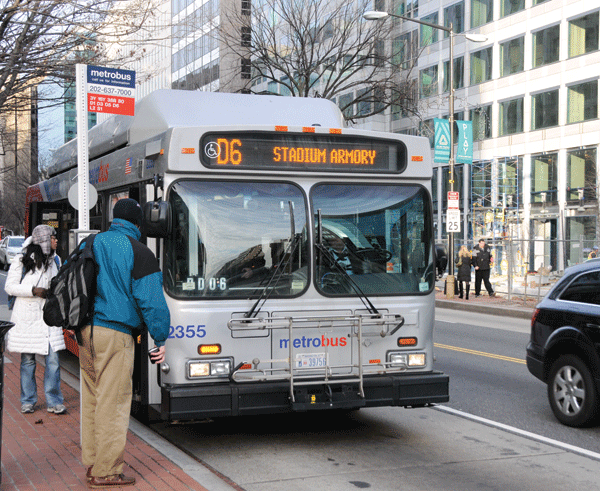Public Engagement and Support: Elected Officials
Momentum’s outreach was unprecedented.  Metro staff heard from almost 12,000 stakeholders during the process, which helped inform our understanding of the public’s short- and long-term needs. Below is a high-level summary of the most commonly-held viewpoints across region:
Metro staff heard from almost 12,000 stakeholders during the process, which helped inform our understanding of the public’s short- and long-term needs. Below is a high-level summary of the most commonly-held viewpoints across region:
- Make no small plans for Metro;
- Recognize Metro is critical to the region’s future;
- Continue rebuilding;
- Reduce crowding;
- Provide better customer information; and
- Ensure predictable funding.
Elected/Public Officials
“Fix the funding problem, and be the region’s transit Authority”
Elected and other public officials were supportive of Momentum and planning for the future, though concerns were voiced that current funding levels were not sufficient to support the regions’ future needs. Major areas of focus included system capacity, regional mobility, enhanced connectivity including suburb to suburb commutes, integrating with other regional transit projects, economic development and Metro serving as the region’s transit planning leader. Specific support emerged for bus rapid transit and expanded bus services to address both core capacity and suburb-to-suburb issues and 100 percent eight-car trains to address core capacity and platform crowding. Officials also seem to agree that Metro should “be responsible for coordinating regional connectivity” by fulfilling its role as the transit planner of the region, as outlined in the Metro Compact.
During a meeting with the Maryland Congressional delegation, all members present expressed their willingness to discuss the reauthorization of PRIIA or finding other means of federal investment when the current authorization expires in 2018; however, the delegation was clear in stating that local and state officials need to take lead on securing a substantial and local capital funding commitment before Congress would act.







Recent Comments